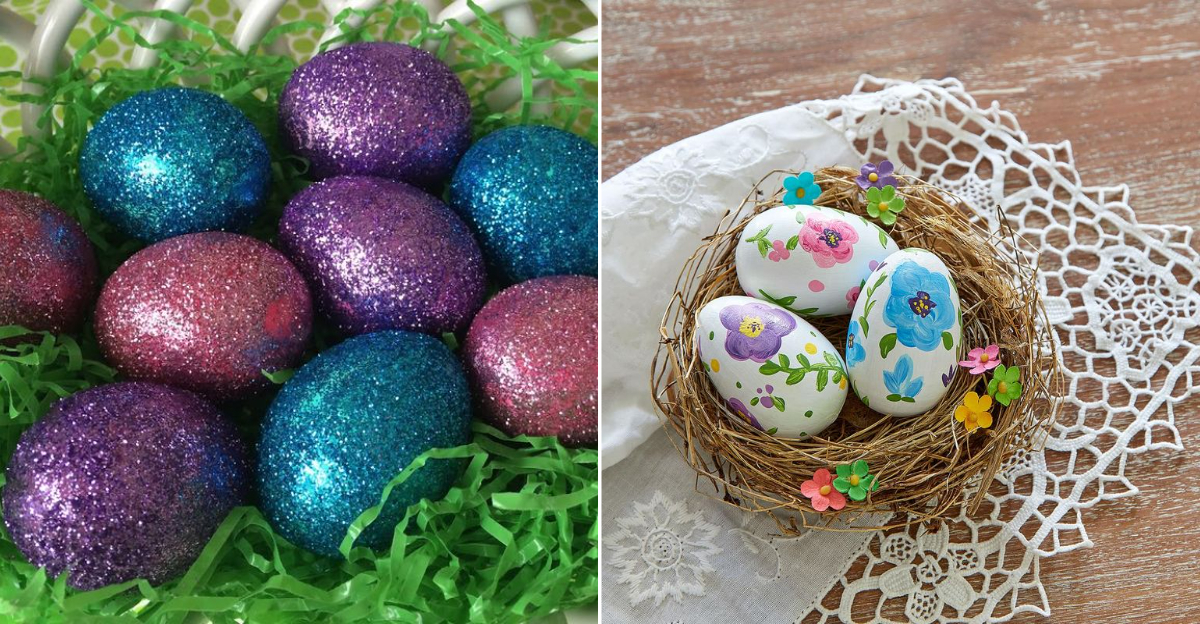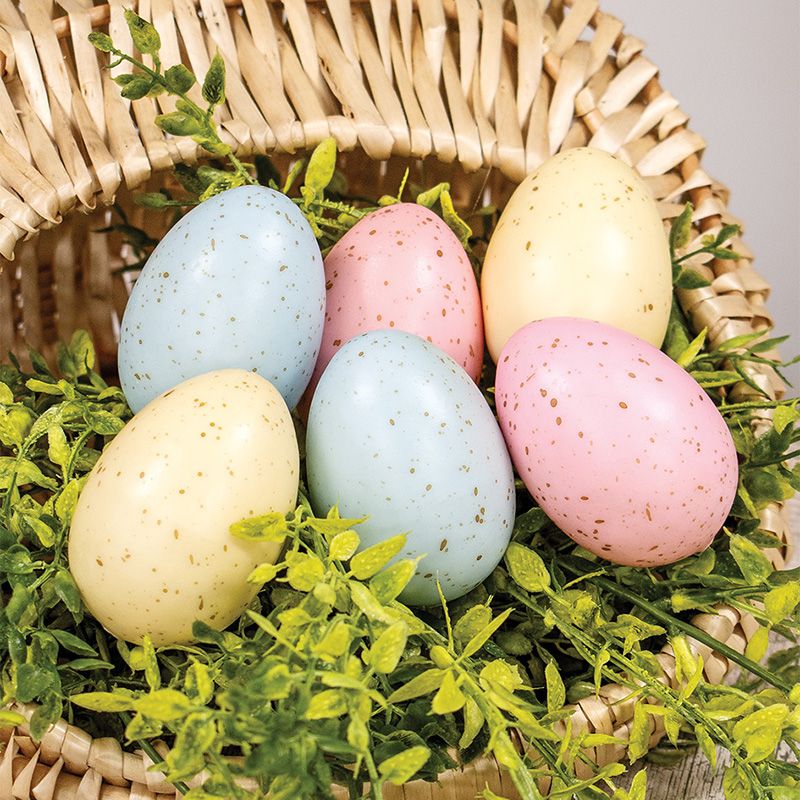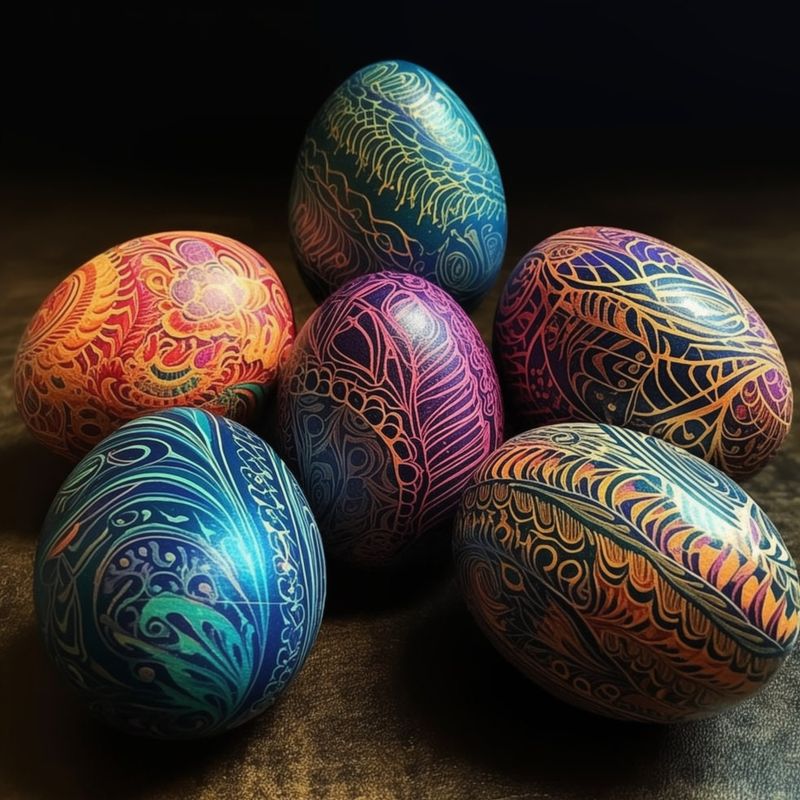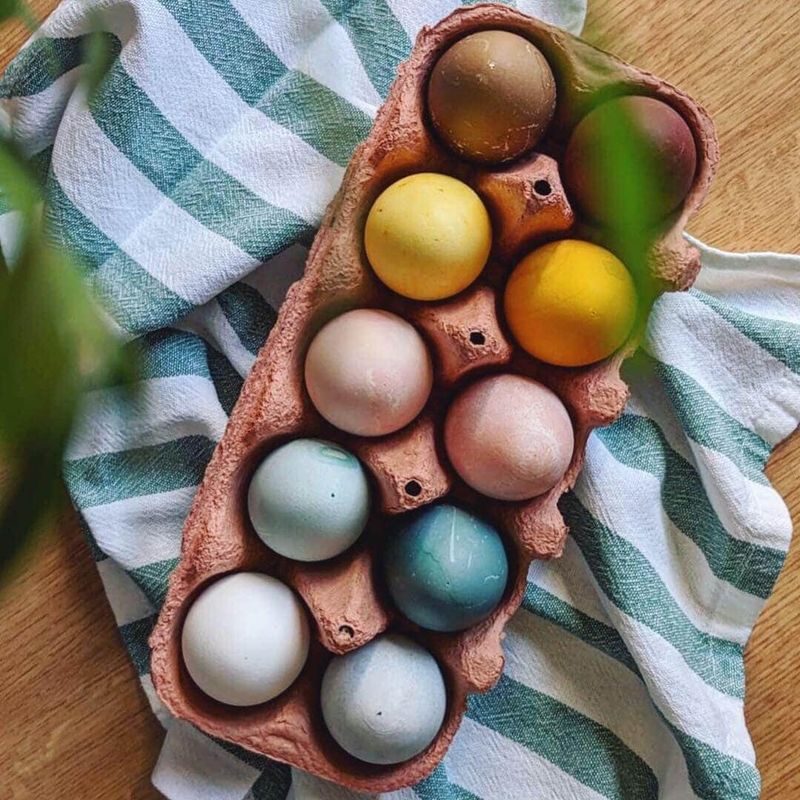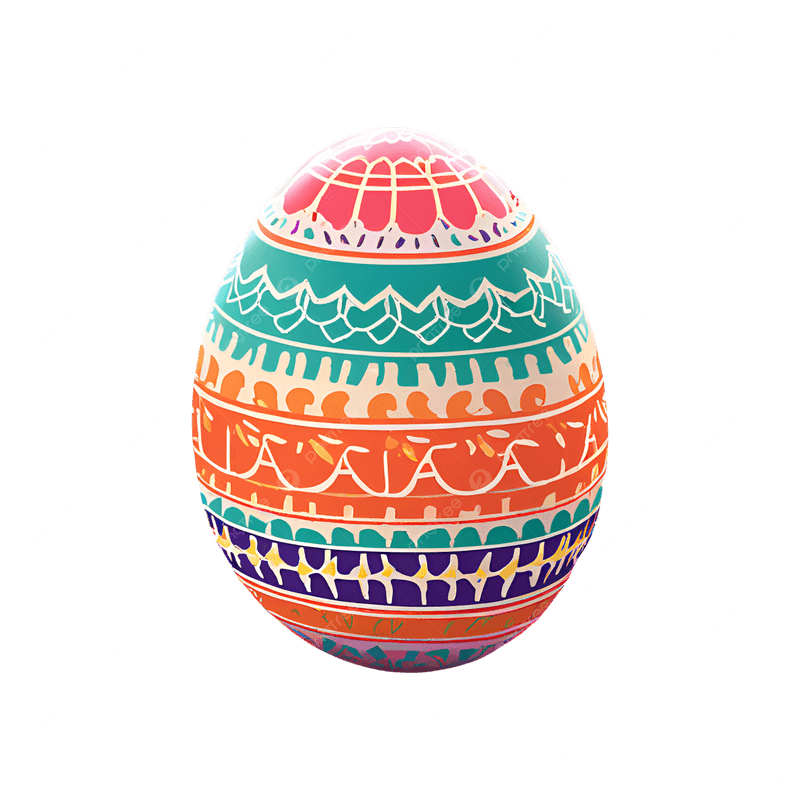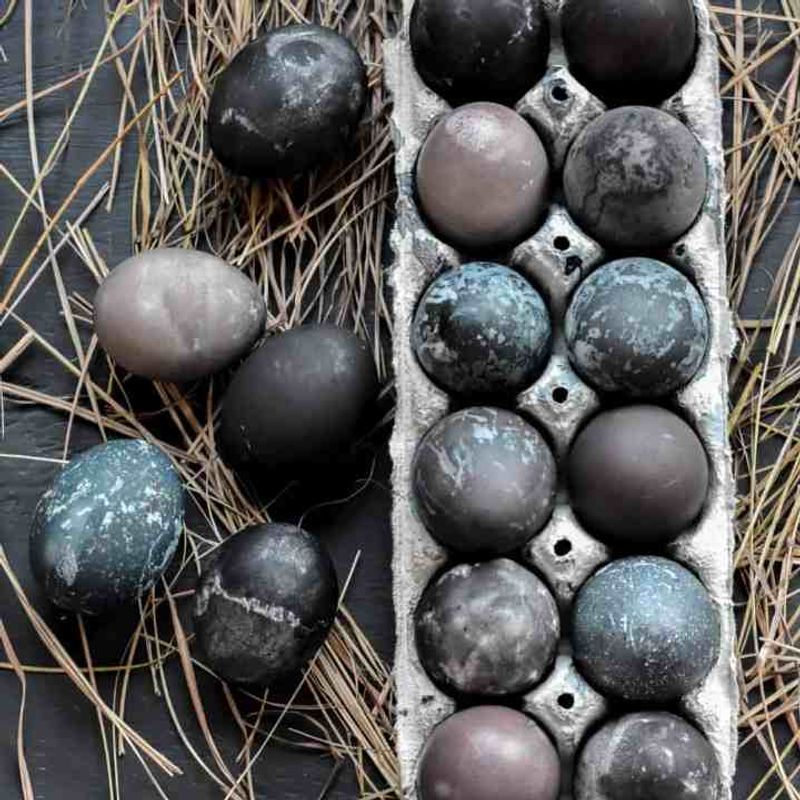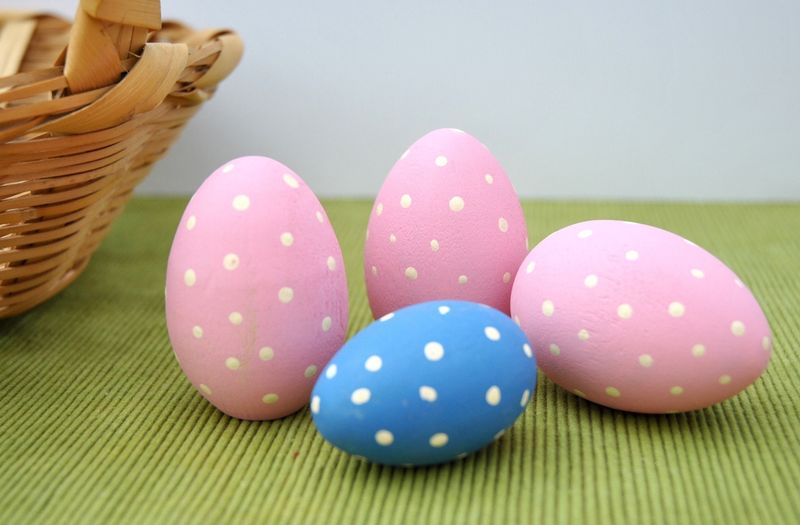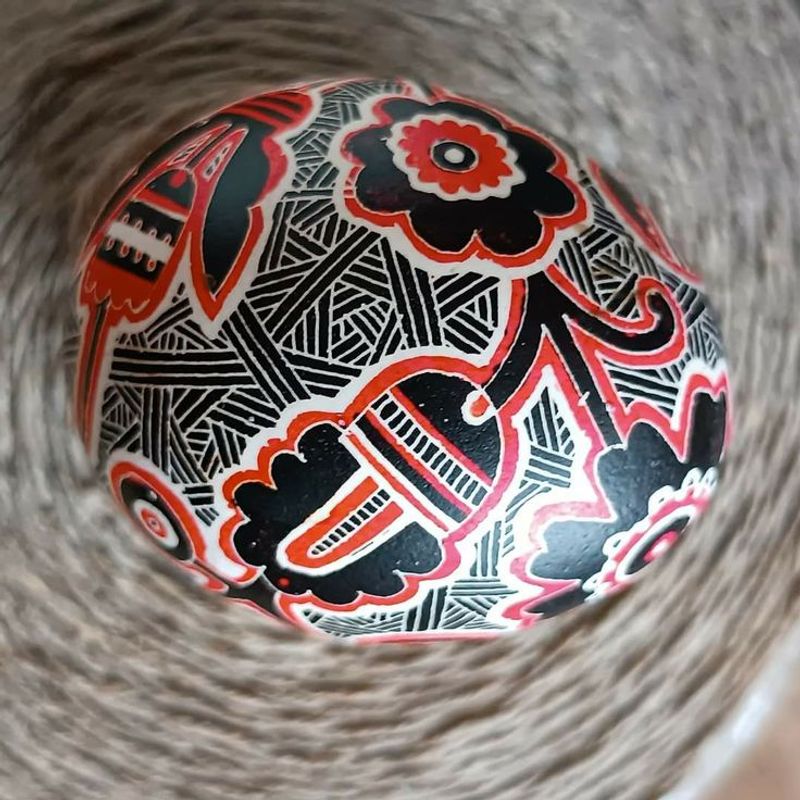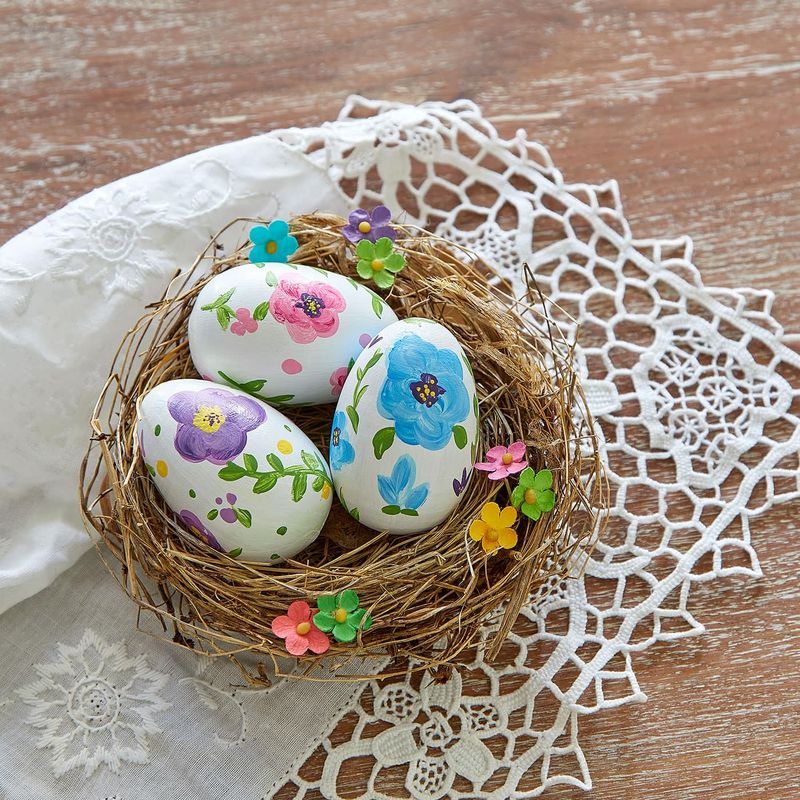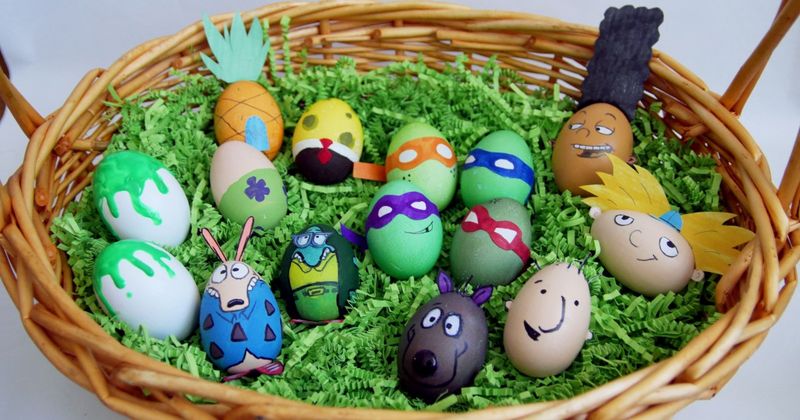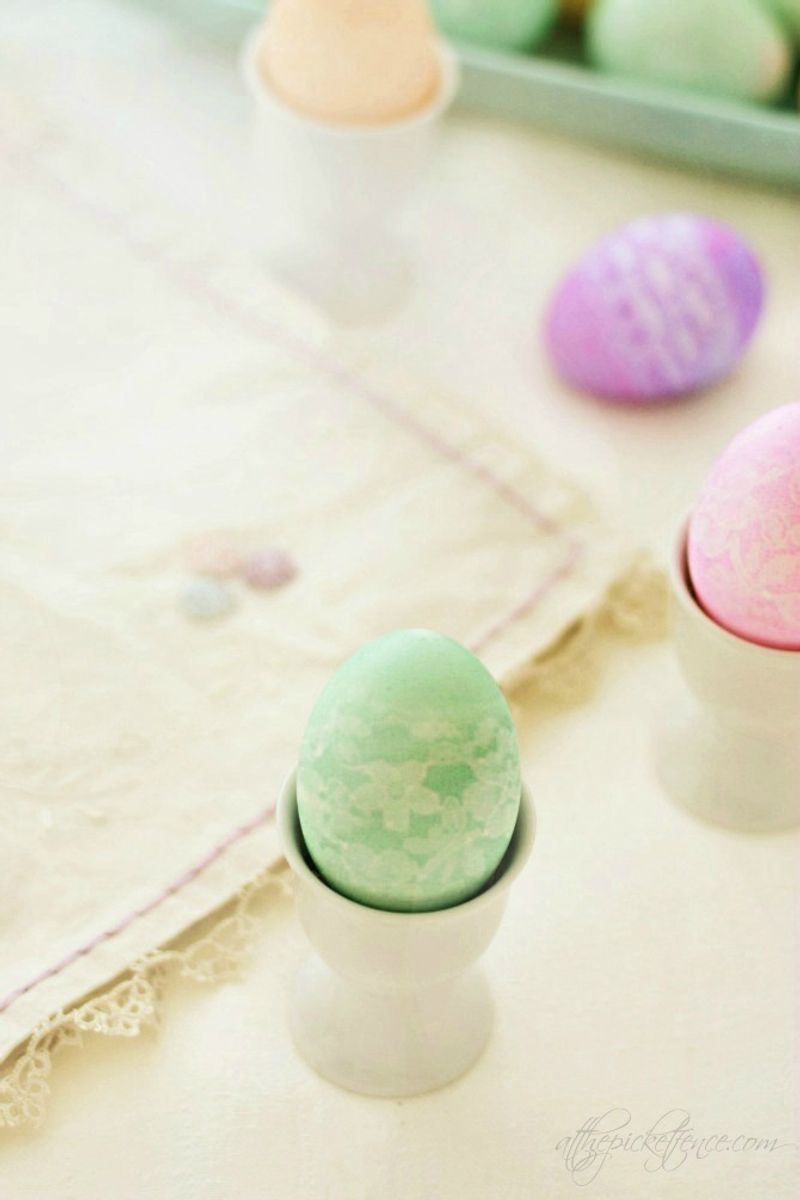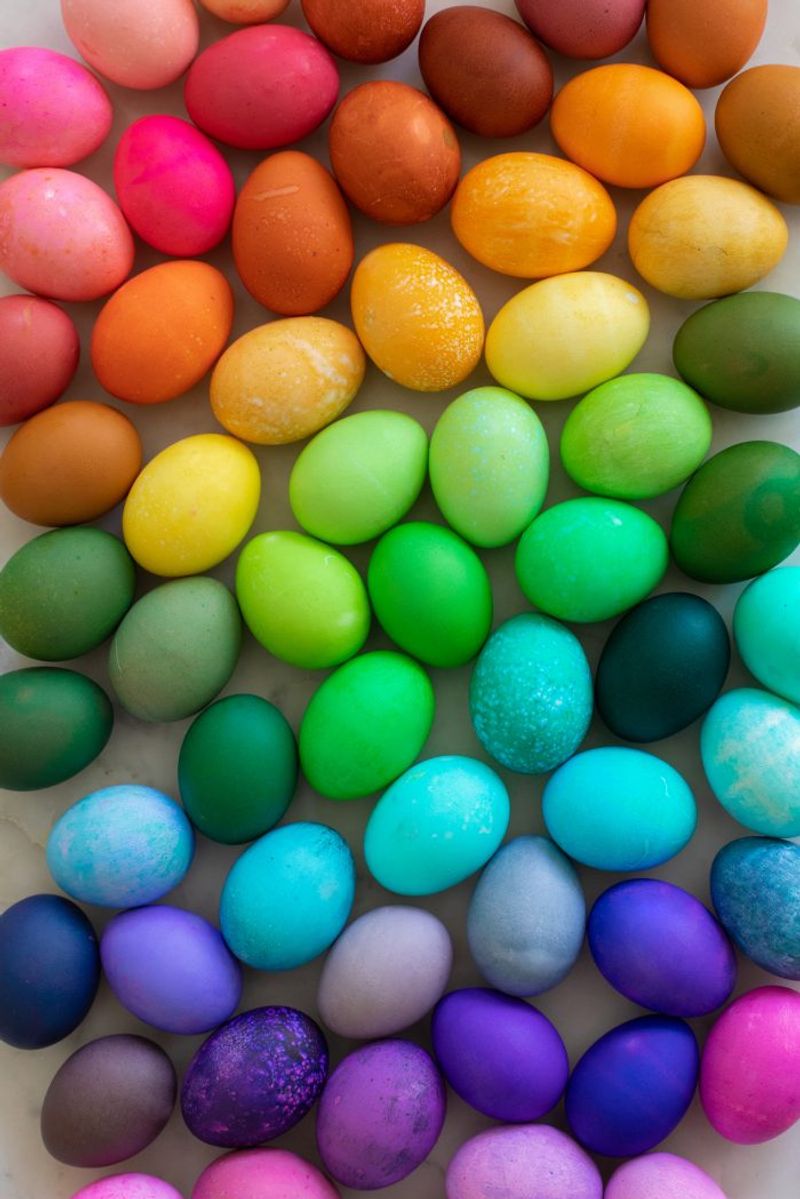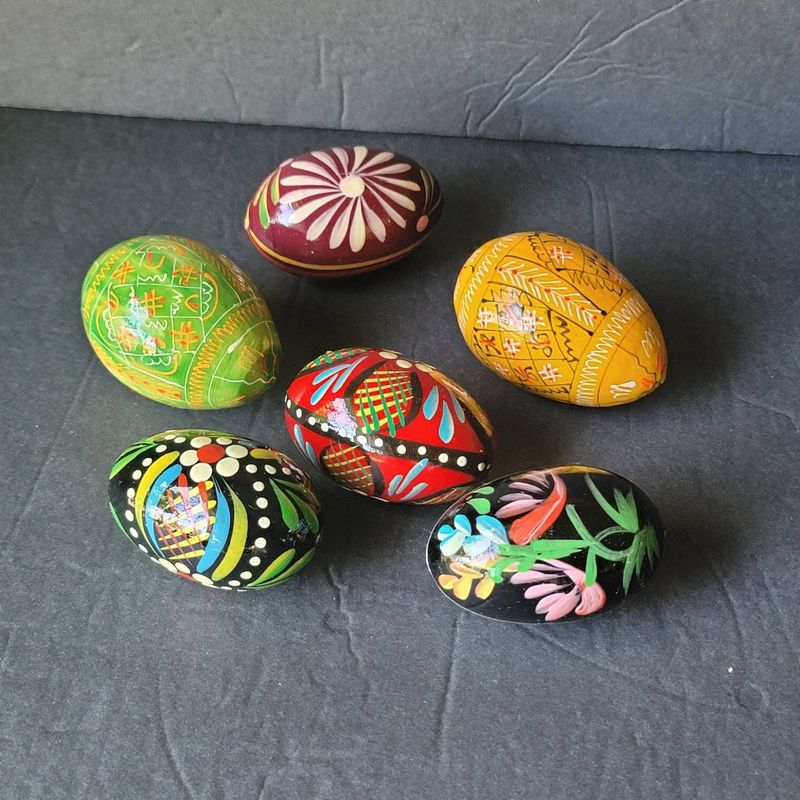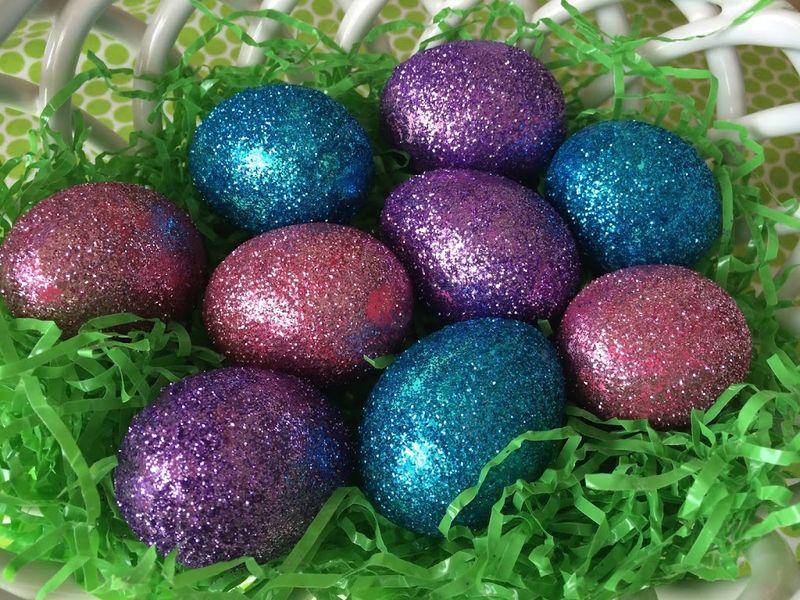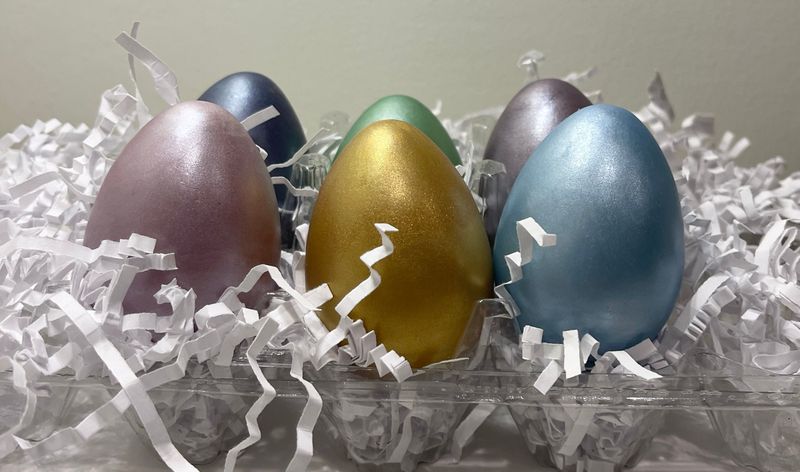Explore a vibrant journey through decades of creativity with these 15 unique Easter egg designs that capture the essence and style of each era.
From the pastel hues of the 1950s to the bold, neon patterns of the 1990s, these designs showcase the evolving tastes and trends in holiday decor.
1. 50s Pastel Perfection
Step back into the 1950s, where Easter eggs were all about soft pastel colors. These eggs often showcased colors like baby pink, powder blue, and gentle yellow. The delicate floral patterns painted on them were reminiscent of vintage wallpaper, adding a touch of elegance.
The subtle charm of these eggs was perfect for the post-war era, reflecting a desire for tranquility and normalcy. As families gathered around to color eggs, a sense of unity and hope prevailed, making each design more than just a decoration but a symbol of peace and renewal.
2. 60s Psychedelic Swirls
The 1960s brought a burst of color and creativity to Easter eggs. With psychedelic swirls and bold patterns, these designs were a nod to the counterculture movement. Bright orange, green, and purple were common choices, creating a visual feast.
Each egg was a small canvas, reflecting the era’s spirit of rebellion and experimentation. Families would explore new techniques, such as tie-dye effects, transforming simple eggs into dazzling works of art.
These eggs were as much about self-expression as they were about celebration, embodying a decade defined by change.
3. 70s Earthy Tones
In the 1970s, Easter egg designs took on a more grounded approach. Earthy tones like brown, olive green, and mustard yellow became popular, reflecting the era’s embrace of nature and simplicity. Geometric patterns added a modern touch, creating a harmonious balance.
This era’s eggs were crafted with a nod to sustainability, often using natural dyes derived from plants and vegetables.
The tactile feel of these eggs, with their organic colors, resonated with a generation seeking authenticity and connection to the earth. They were a celebration of both tradition and transformation.
4. 80s Neon Extravaganza
The 1980s were all about making a statement, and Easter eggs followed suit with neon extravagance. Bright hues like hot pink, electric blue, and lime green dominated the scene, often decorated with abstract shapes and squiggles reminiscent of pop art.
These eggs were bold and unapologetic, capturing the decade’s vibrant energy and love for all things flashy. Perfect for standing out during Easter egg hunts, they mirrored the fashion trends and cultural shifts of the time.
Each egg was a mini celebration of individuality and creativity, sparking joy and laughter.
5. 90s Grunge Aesthetic
Easter eggs in the 1990s embraced the grunge aesthetic, reflecting the era’s edgy and rebellious style. Dark colors like deep purple, black, and midnight blue were commonly used, often paired with plaid patterns and rough textures.
The eggs were more than just holiday decor; they were artistic expressions of a youth culture driven by music and fashion. Each design told a story of defiance and creativity, with a nod to the underground scene.
These eggs captured the essence of the 90s, where imperfection was celebrated, and individuality was key.
6. 50s Polka Dot Delight
The polka dot became a playful staple in 1950s Easter egg designs. Adorning eggs with charming dots in pastel shades such as mint green and soft lilac added a whimsical touch.
These designs were inspired by popular fashion trends of the time, including the iconic polka dot dresses. The combination of vibrant and subtle hues brought a sense of lightheartedness to holiday festivities.
Whether small or large, each dot was placed with care, turning simple eggs into festive and delightful ornaments that brightened any Easter gathering.
7. 60s Mod Patterns
The mod movement of the 1960s made its mark on Easter eggs with bold patterns and contrasting colors. Black, white, and red were popular choices, creating striking designs that caught the eye.
These eggs were inspired by the geometric shapes and sharp lines characteristic of mod fashion and art. The sleek and sophisticated look was both trendy and innovative, capturing the spirit of a decade focused on breaking boundaries.
Easter eggs became more than just holiday treats; they were miniature masterpieces of modern design.
8. 70s Floral Fantasy
In the 1970s, Easter eggs bloomed with vibrant floral patterns. Daisies, poppies, and other cheerful blooms graced eggshells, adorned in bright colors like orange, yellow, and pink.
The floral designs echoed the bohemian spirit and love for nature that defined the decade. Each flower was intricately painted, bringing a sense of life and joy to the Easter celebration.
Whether enjoyed as part of an egg hunt or admired as a decorative piece, these floral eggs captured the essence of the 70s with their playful and artistic flair.
9. 90s Cartoon Craze
The 1990s were a golden age for cartoons, and Easter eggs reflected this with whimsical designs featuring beloved characters like Rugrats and Pokémon. Bright and cheerful colors brought these designs to life, delighting both kids and adults.
Each egg captured the playful essence of Saturday morning cartoons, making them an instant hit at Easter gatherings.
Fans of all ages could relive their favorite shows through these charming creations, celebrating a decade where imagination and entertainment were boundless. These eggs were more than decorations; they were nostalgic tokens of joy.
10. 50s Lace Elegance
Easter eggs in the 1950s often featured lace-like patterns, adding an air of elegance and sophistication. Painted in subtle pastel colors, these designs exuded grace and refinement.
Inspired by the delicate lacework seen in fashion and home decor, these eggs were perfect for those who appreciated classic beauty.
The intricate patterns transformed simple eggs into timeless treasures, making them a cherished part of family traditions. Each lace-adorned egg was a work of art, showcasing the era’s appreciation for detail and craftsmanship.
11. 60s Color Blocking
Color blocking became a popular trend in the 1960s, and Easter eggs were no exception. Bold designs featuring vibrant hues like turquoise, yellow, and magenta turned eggs into eye-catching pieces.
These playful patterns were inspired by the fashion and art of the time, where colors were used in large, bold sections. The result was a dynamic and lively look that captured the era’s innovative spirit.
Easter eggs became an exciting canvas for creativity, reflecting a decade full of change and excitement.
12. 70s Funky Patterns
The 1970s were a time of self-expression, and Easter eggs reflected this with funky, abstract patterns. Bold colors and wavy lines created a sense of movement and energy, capturing the free-spirited vibe of the era.
These designs were inspired by the art and music of the time, offering a playful and artistic take on traditional Easter decor. Each egg became a tiny masterpiece, showcasing unique styles and creativity.
These eggs weren’t just for hiding; they were meant to be displayed and admired for their artistic flair.
13. 80s Glam Glitter
The glamour of the 1980s found its way into Easter egg design with glitter and sparkle. These eggs were adorned with shimmering embellishments, turning them into dazzling pieces of art.
Colors like gold and silver were popular choices, adding a touch of luxury and opulence. These glamorous eggs were perfect for those who loved to shine, capturing the essence of a decade known for its love of extravagance.
Whether used as table centerpieces or hidden treasures, these glittering eggs made Easter celebrations sparkle with style.
14. 90s Techno Patterns
Easter eggs in the 1990s took on a futuristic twist with techno-inspired designs. Circuit board patterns and metallic colors like silver and green created a high-tech look.
These eggs were a nod to the technological advancements of the time, reflecting a world fascinated by computers and innovation.
The sleek designs were both modern and imaginative, making them a hit at Easter gatherings. Each egg was a glimpse into the future, capturing the excitement and curiosity of a decade on the brink of the digital age.
